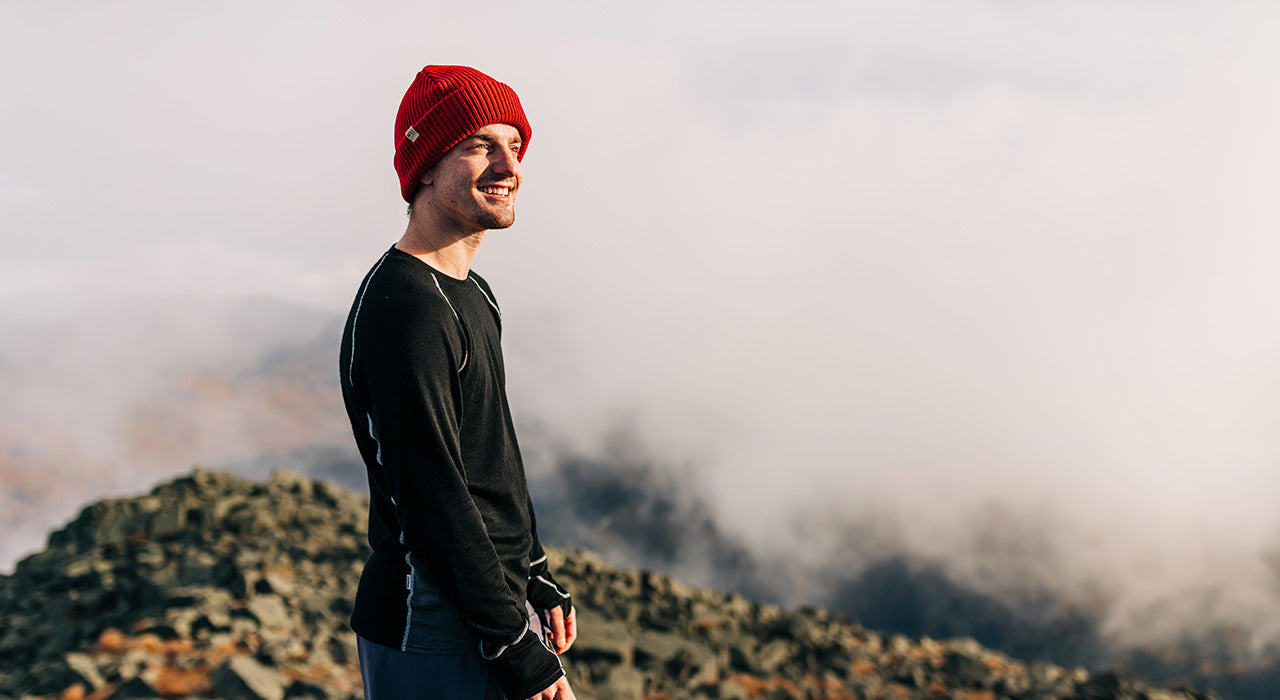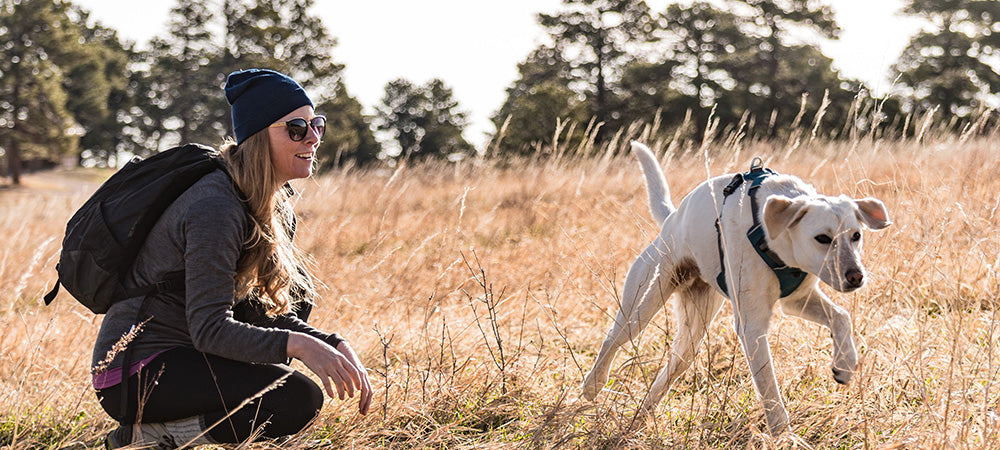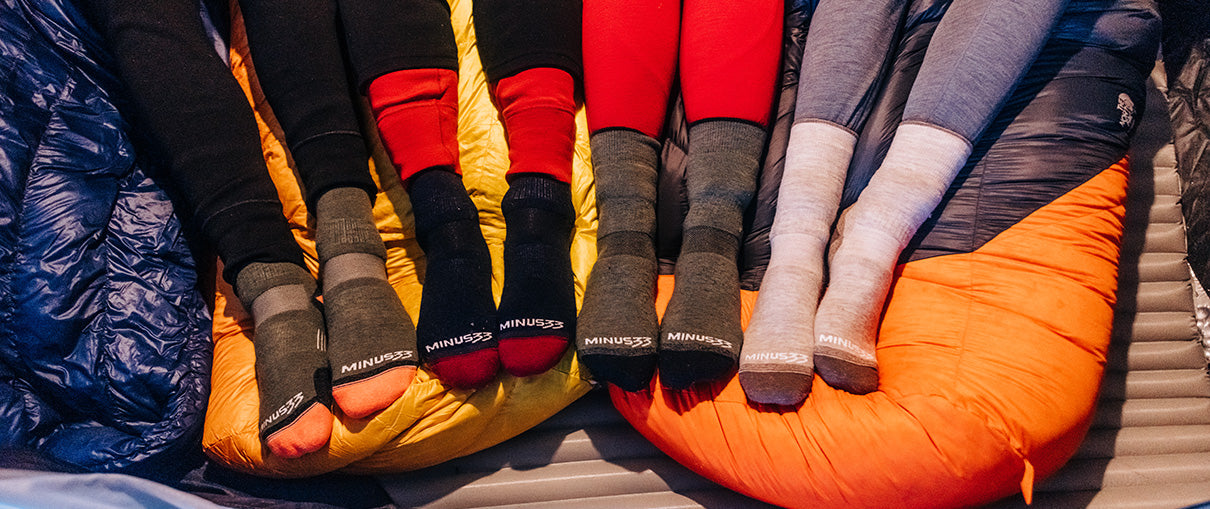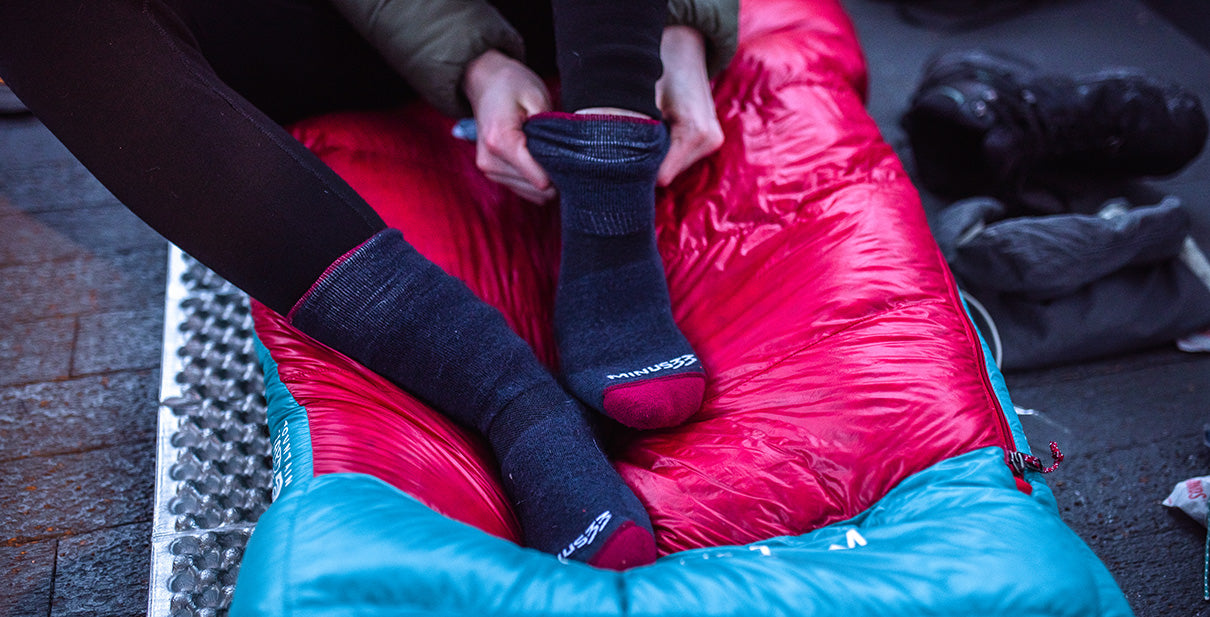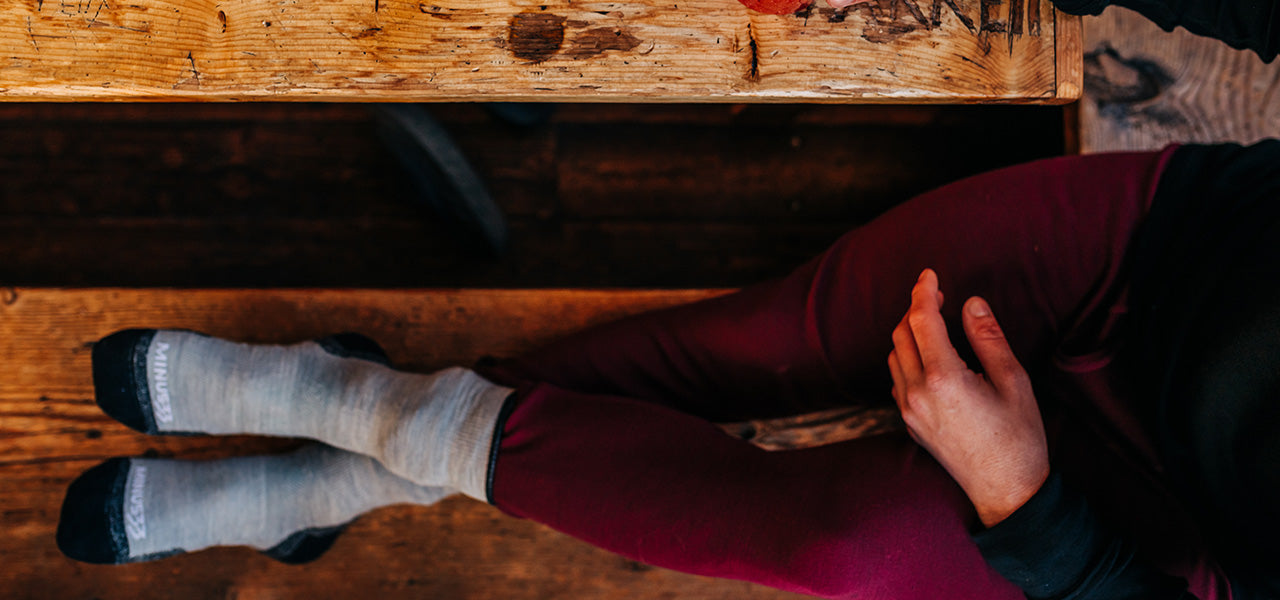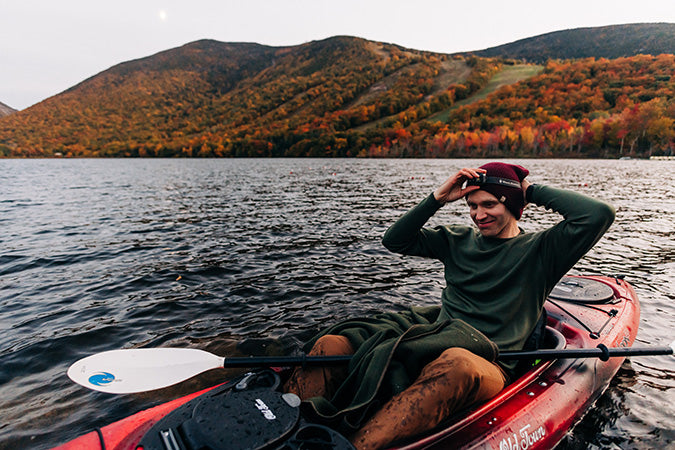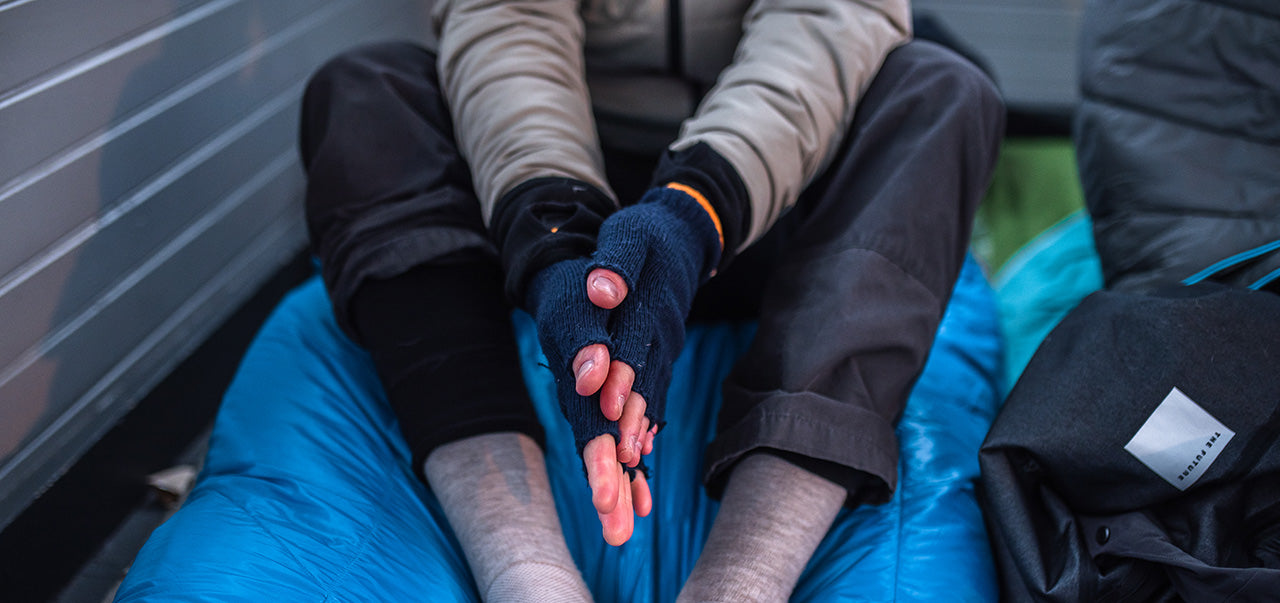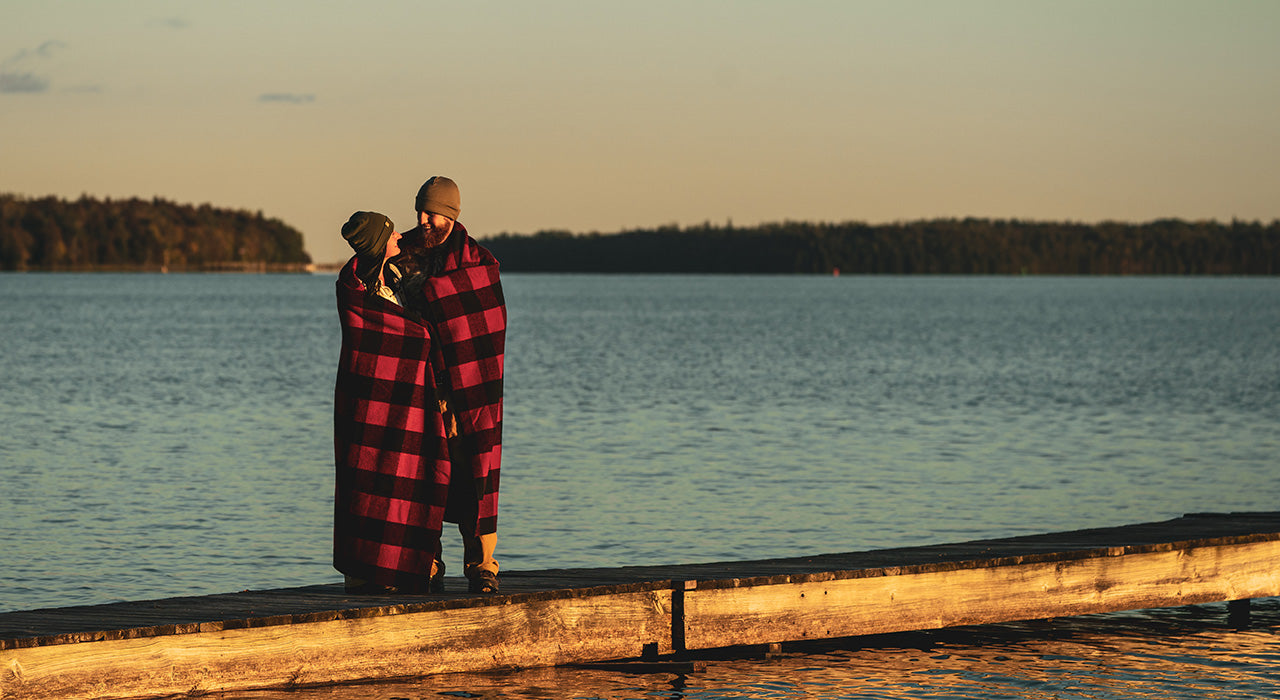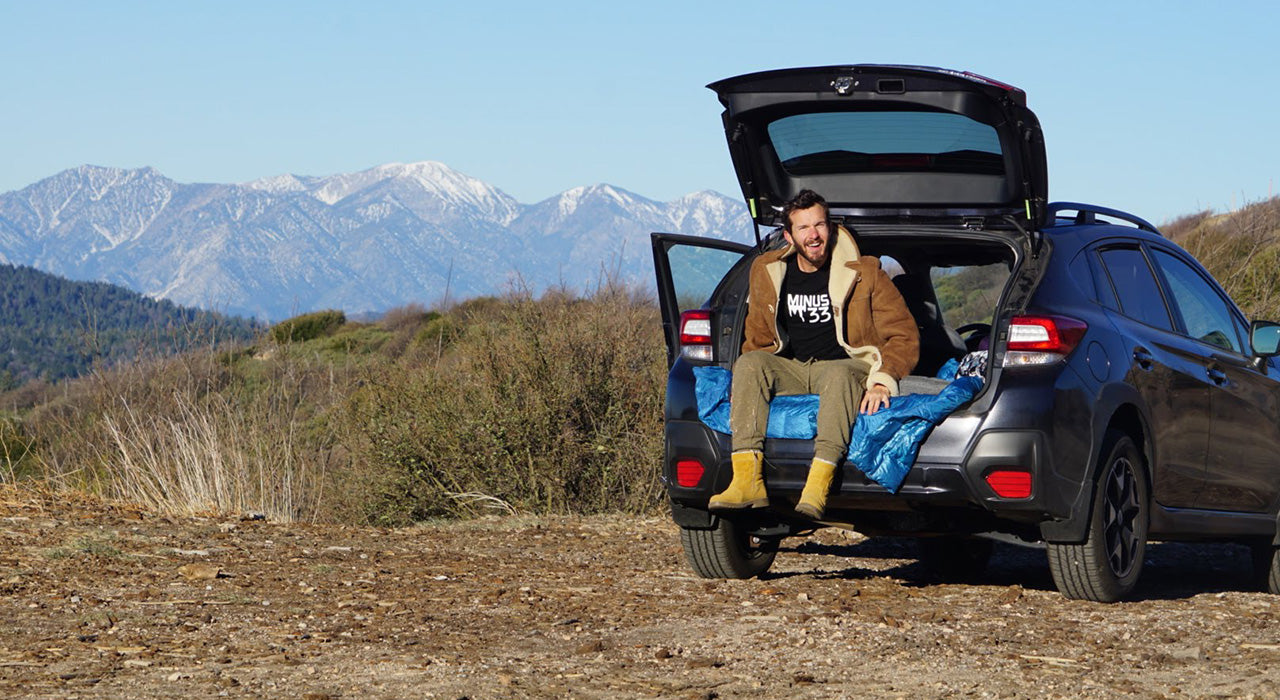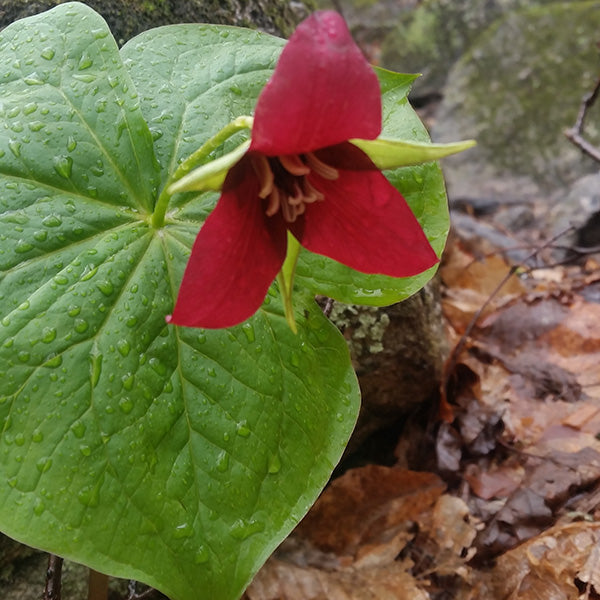The White Mountains include a huge variety of terrain, from windswept alpine areas above treeline to dense boreal forests, sheer cliffs and low-lying intervale and swamp land. There are 48 peaks over 4,000 feet in the White Mountains, and a number of notches (called passes or gaps in other mountainous regions). These include Pinkham, Crawford, Franconia, Bear, Kinsman, Jefferson, and Carter Notches. The terrain can be very steep and rocky, so plan accordingly, as short sections of trail can take much longer than anticipated. Before you set out, it's always advisable to consult a topographic map so you'll be familiar with the type of terrain you'll encounter. You can find these maps in local outdoor stores, bookstores and online. They're also included in the AMC's "White Mountain Guide: Hiking Trails in the White Mountain National Forest," considered by many to be essential for those hiking the White Mountains.
Venturing Into the Alpine Zone: Hiking Above Treeline
The land above treeline is one of the most beautiful and heavily used areas in the White Mountains. In the White Mountains, the treelines ends at a surprisingly low elevation because of the harsh weather. The unspoiled beautiful terrain above treeline can become a very unforgiving place when the winds rage and temperatures drop. Weather can change quickly, and shelter is limited above treeline. Be prepared for harsh weather. Fog can be very disorienting and make route finding difficult. Have good map and compass skills and the proper clothing. Although rugged and wild feeling, this area can be fragile and easily damaged. Some alpine flowers can take up to 25 years to flower for the first time - and one hiker's bootprint can destroy that plant forever.When hiking above treeline
- Please: Don't be a tundra trampler! Stay on the trail or step carefully from rock to rock, avoiding any plants.
- Never pick any flower or plant above treeline.
- Camp below treeline, or only where snow is 2 or more feet deep.
- Use a backpacking stove. Wood fires are not allowed above treeline.
- Plan extra time for an above treeline hike to deal with unforeseen problems. Be aware of incoming weather and be prepared to seek shelter below treeline out of the wind.
- Have good map and compass skills and the proper clothing.



